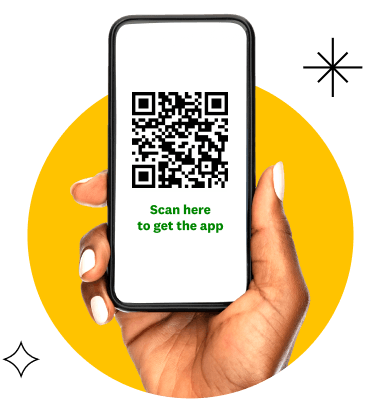student loan calculator
This block renders dynamically on the frontend using React.
To view Settings, click this block and any configurable options will appear in the sidebar on the right of your screen.Editorial Note: Intuit Credit Karma receives compensation from third-party advertisers, but that doesn’t affect our editors’ opinions. Our third-party advertisers don’t review, approve or endorse our editorial content. Information about financial products not offered on Credit Karma is collected independently. Our content is accurate to the best of our knowledge when posted.
How to use Credit Karma’s student loan calculator
If you’re applying for student loans or getting ready to start repaying your existing loans, Credit Karma’s student loan calculator is a useful tool to have on hand. The calculator can help you determine how much your potential monthly payments will be and how soon you may be able to pay off your loans. Keep in mind, the calculator only provides an estimate based on the information you provide. The calculator can’t account for additional factors like fees or alternative payment plans.
Here’s the information you’ll need to calculate your estimated monthly student loan payments.
Loan amount
Start by manually entering how much you borrowed or plan to borrow. If you’re not sure what the total cost of attendance will be, you can enter a ballpark estimate. You can use national averages to start or check out your college’s website to see its estimated costs.
Estimated interest rate
Next, you’ll enter your estimated interest rate, which is the cost you pay each year to borrow the money, expressed as a percentage rate.
For federal student loans, the interest rate is set by federal law. You can find this information by logging into your Federal Student Aid account. If you took out private loans, you may need to contact your loan servicer to get this information.
An annual percentage rate comprises the interest rate and fees. If you enter an estimated interest rate instead of an APR, this calculator may estimate a monthly payment that’s different from what you may be responsible for under the terms of your loan.
Life of loan (in years)
The life of your loan, also known as the loan term, is the number of years it’s expected to take you to repay the loan. For instance, if you took out federal student loans, the standard repayment plan is 10 years. But depending on your loan amount, your loan term could be more or less than 10 years.
What are the different types of student loans?
There are two main types of student loans — federal loans and private loans. Federal loans are offered by the U.S. Department of Education, while private loans are offered by private lenders, which include banks and credit unions.
You might want to begin by applying for federal loans since they come with fixed interest rates and typically include more borrower protections. When you apply for federal loans, you may qualify for either subsidized or unsubsidized loans.
Direct subsidized loans are designed to help borrowers facing financial need. Your college determines the loan amount, which can’t exceed your financial need. The main benefit of subsidized loans is that the government will pay for the interest while you’re in school.
In comparison, direct unsubsidized loans are available to undergraduate and graduate students whether they have a financial need or not. The amount you can borrow is based on your college’s total cost of attendance and other financial aid you receive. You’re responsible for paying any interest that accumulates while you’re still in school.
If your federal loans don’t cover the full cost of your education, you may decide to supplement them with private loans. Private loans are distributed by private lenders like banks or credit unions.
The terms of private loans are set by the lenders, and these loans tend to be more expensive than federal loans. Private loans are credit-based, so if you don’t have any credit history you’ll typically need to apply with a co-signer.
Is it smart to pay off student loans early?
If you’re financially able, you may decide to pay off your student loans early. There are typically no penalties to paying your student loans off early, but you’ll want to check with your lender or loan servicer to be sure.
Before you pay off your student loans, you’ll want to contact your lender or loan servicer to get a payoff quote so you’ll know how much you need to pay off your loans in full.
Do I have to pay my student loans if I’m unemployed?
If you’re unemployed or face financial difficulties in the future, you may want to pause your student loan payments. Whether this is an option may depend on if you have federal or private loans.
If you have federal loans, you may qualify for deferment or loan forbearance. Both options temporarily suspend your loan payments while you get back on your feet. But interest will likely accrue, so your loan balance will continue to increase.
If you have private loans, you may be able to postpone your payments. In general, your options with private loans may be less favorable than what you’d get with federal loans.
The rules around deferment or forbearance vary among lenders. After you apply for deferment or forbearance, make sure you continue making your loan payments until your lender decides whether to approve your application.




